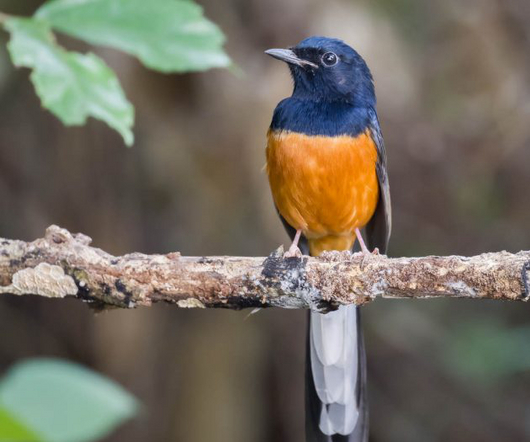Polygynandry and avian swingers
10,000 Birds
MARCH 15, 2011
Swarovski ATM scope & Canon A590 Now Alpine Accentors have a much more interesting strategy: 3-5 males defend a single breeding territory, containing 2-3 spatially separated female Accentors. to have and raise children. all Alpine Accetor photos digiscoped (c) Dale Forbes.










Let's personalize your content